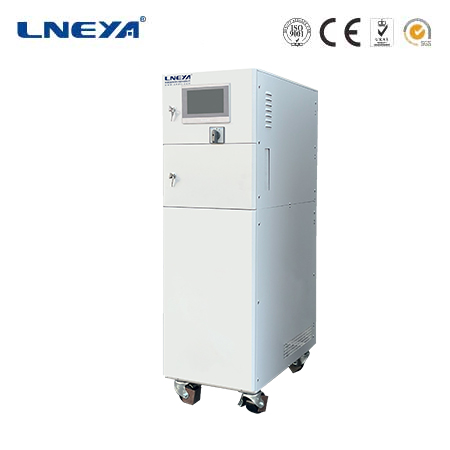process heater
Process Heaters: Types, Applications, and Technological Advancements
Introduction to Process Heaters
Process heaters are critical components in industrial settings, supplying the heat required for a multitude of processes. They are used to create, treat, or modify manufactured goods, and their operation ranges from low-temperature applications like space heating to high-temperature processes such as melting metals.

Types of Process Heaters
Process heaters can be classified into four primary types:
Fossil Fuel Heaters: These systems use natural gas, oil, or coal as fuel, transferring heat directly or indirectly to the material. They include furnaces, ovens, kilns, and infrared heaters.
Steam Heaters: Steam is used to transfer heat indirectly or directly through a process called sparging. Boilers, steam spargers, and dryers are examples of steam-heated systems.
Electric Heaters: Electricity-based heating can be direct, passing an electrical current through the material, or indirect, using a heating element. Electric arc furnaces, infrared ovens, and induction heating are examples of electric-based heating systems.

Hydronic Heaters: These systems circulate steam or hot water from a central boiler through heat exchangers, similar to a car’s radiator cooling system, and are efficient for heating large areas.
Applications of Process Heaters
Process heaters are utilized in a wide range of industries and applications:
Chemical and Petrochemical Industries: Heaters are essential for distilling petroleum into its components and combining chemicals into new ones.
Power Generation: Heat drives electrical generators, and the fuel or heat source can vary.
Aerospace: Composite materials for aircraft bodies and satellite parts are cured at specific temperatures, typically between 250°F and 350°F (121°C and 171°C).
Food & Beverage: Process heat is vital to brewing, distilling, canning, and baking production lines.
Agriculture: Heating is used for plant utility heating, tank and suction heating for ammonia tanks, and other chemicals.
General Manufacturing: Includes molds and presses for plastic products, calendar rolls for drying textiles and papers, dryers, kilns, and air heating for turbines.

Latest Technology Trends
The latest trends in process heater technology focus on energy efficiency and environmental sustainability:
Solar Thermal Energy Integration: Solar thermal energy systems can produce hot stream temperatures ranging from 40°C to 1000°C, making them suitable for augmenting existing fossil fuel power plants and integrating with process industries for water pre-heating or steam generation.
Heat Recovery Systems: Recovering waste heat from industrial processes can be used for space heating, water heating, process preheating, and cogeneration, reducing energy consumption and emissions.
Conclusion
Process heaters are vital in providing the necessary thermal energy for industrial processes. With advancements in technology, there is a shift towards more sustainable and efficient heating solutions, such as solar thermal integration and heat recovery. These innovations not only improve energy efficiency but also contribute to environmental sustainability, making process heaters an exciting field of development in the industrial sector
Related recommendations
vapour compression chiller
195Working PrincipleThe operation of a vapour compression chiller is centered around the vapour compression refrigeration cycle, which consists of four main stages involving four key components: the...
View detailschiller system working
403Understanding the Working of Chiller Systems Chiller systems are an essential part of modern heating, ventilation, and air conditioning (HVAC) infrastructure, providing cooling to commercial bu...
View detailsthermal oil heating system
400Thermal oil heating systems, also known as hot oil systems, are engineered to transfer heat generated by a furnace or other heat sources to process fluids in various industrial applications. These...
View detailsprocess coolers
355IntroductionIn the dynamic realm of industrial activities, maintaining precise temperature control is often the linchpin for the success of numerous processes. Process coolers emerge as essential ...
View details
 LNEYA Thermal Test Chillers
LNEYA Thermal Test Chillers






HelloPlease log in